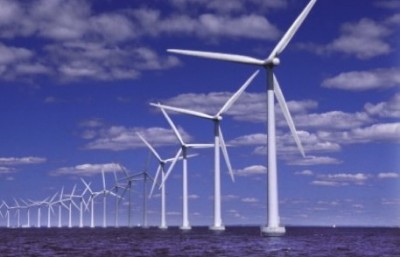 Slides and sound for Southern Company (SO) CEO Thomas A. Fanning’s main presentation at the 23 May 2012 SO shareholder meeting are available from SO on their website. SO doesn’t seem to have posted videos yet, although they had professional video equipment in use, and I was told just after the event that their videos would be on the web later that same day.
Slides and sound for Southern Company (SO) CEO Thomas A. Fanning’s main presentation at the 23 May 2012 SO shareholder meeting are available from SO on their website. SO doesn’t seem to have posted videos yet, although they had professional video equipment in use, and I was told just after the event that their videos would be on the web later that same day.
These items have already been blogged about this meeting:
- Shareholder Questions to Southern Company
- Coal ash and political spending transparency shareholder resolutions defeated
- Salute for less coal; how about third-party solar? –Mark Woodall
-
 Big bet on solar power? –Sam Booher; Shale and Australia! SO CEO Thomas A. Fanning
Big bet on solar power? –Sam Booher; Shale and Australia! SO CEO Thomas A. Fanning - What about EMP? –Thomas Griffin
- Exit strategy for when this big nuclear bet goes bad? –John S. Quarterman
- Supplier diversity outreach –David ?
-
 Wind power and the Southern Company –Seth Gunning
Wind power and the Southern Company –Seth Gunning - For the 99% Chernobyl, water and Plant Vogtle –Stephanie Coffin
I missed at least one questioner: Colleen Kiernan, Director of the Georgia Sierra Club. I plead unfamiliar cameras. Maybe soon SO will publish its own videos. SO was using a camera in front of the questioners, so you should be able to see them better.
Related blog posts:
- Georgia Power, nuclear buggy whip manufacturer
- In Georgia, “competitive” is not for you!
- ALEC loses 8 more, including Wal-Mart, what about the Southern Company?
- Fukushima destroying nuclear-owning electric power utilities
- Plant Vogtle is why Georgia is not a leader in solar power today
Many more blog posts are in the nuclear category in the blog.
Here’s a video playlist for the 23 May 2012 SO shareholder meeting:
Videos of Shareholder Questions to Southern Company
Shareholder Meeting, Southern Company (SO),
Callaway Gardens, Pine Mountain, Georgia, 23 May 2012.
Video by John S. Quarterman for Lowndes Area Knowledge Exchange (LAKE).
-jsq














